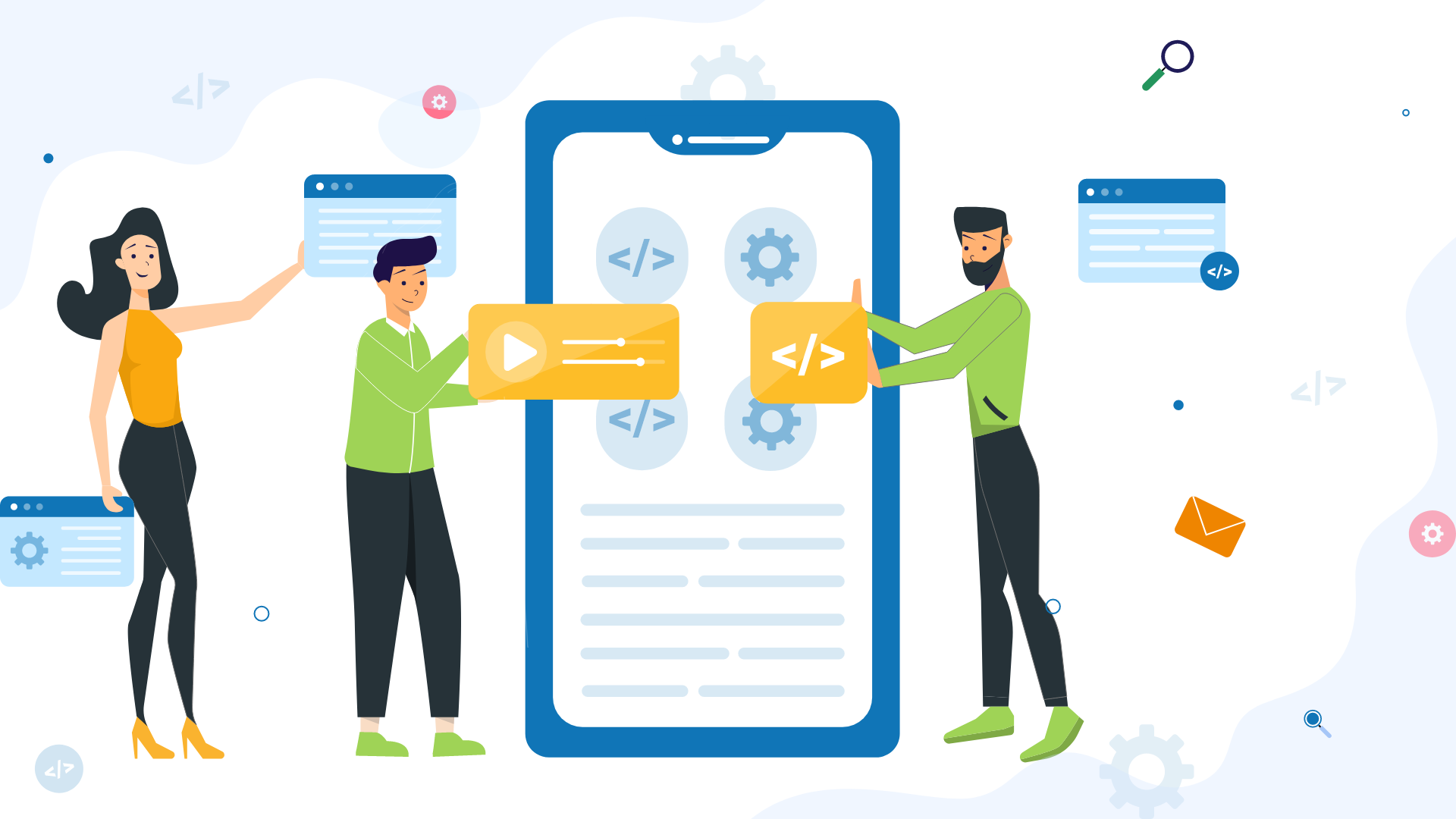
Mobile apps are generating billions of dollars every year through app stores and in-app advertisements, and it is expected to increase further. Approximately 90%of the population uses smartphones to achieve their everyday needs like online ticket booking, food delivery, cab booking, online shopping, etc. So, it becomes easy for businesses to connect with their potential customers. Mobile apps should fit the market goal and market niche.
Building a mobile application is a crucial task as it involves the design and development process with testing, and deploying. The final look of the app is based on the mobile app development lifecycle.
When we plan to build a mobile app, we come up with various doubts, like
How to develop a mobile app from scratch?
What are the things to know before developing an app?
How much cost/time does it take to develop a mobile app?
Also, with future advancements, you have to keep improving the website as it impacts your business. It is important to ensure that the website is responsive and optimized for smooth accessibility.
Every app starts with an idea based on the business strategy. Many people assume that a mobile app idea is all it takes to build an app. But there’s a lot of detailed information included within the ideation process.
We have to jot out the important points that are a part of the ideation process. Having a clear picture of how we want the app to turn out makes us take the right decision in every stage of the development process.
We have to decide
The initial analysis includes the motivation, demographic, and behavior patterns of the users. We have to keep the users in mind during each stage of the app development. The ideation process is essential as it helps lay down the groundwork for further processes.

The wireframe is considered as the blueprint of the ideation process. In the wireframe, the mobile app’s functionalities and designs are laid out to understand how the work would proceed.
It defines the entire process and helps estimate the cost/time it would take to complete the mobile app. Also, helps designers to create flawless designs based on the flow. The wireframe helps to incorporate the brand in all possible ways to connect with the user.

The design of the app is very important. It should give a seamless and polished user experience. The way the users use mobile app is different from mobile websites, so this is an important point that should be kept in mind while designing the app
The success of a mobile app depends on the way the users use the app. The app design should be user-friendly, intuitive, and interactive. The design should be engaging so that the users stay more connected to the brand.
Points to remember
By understanding the target audience and the market trends, we can build exceptional design.
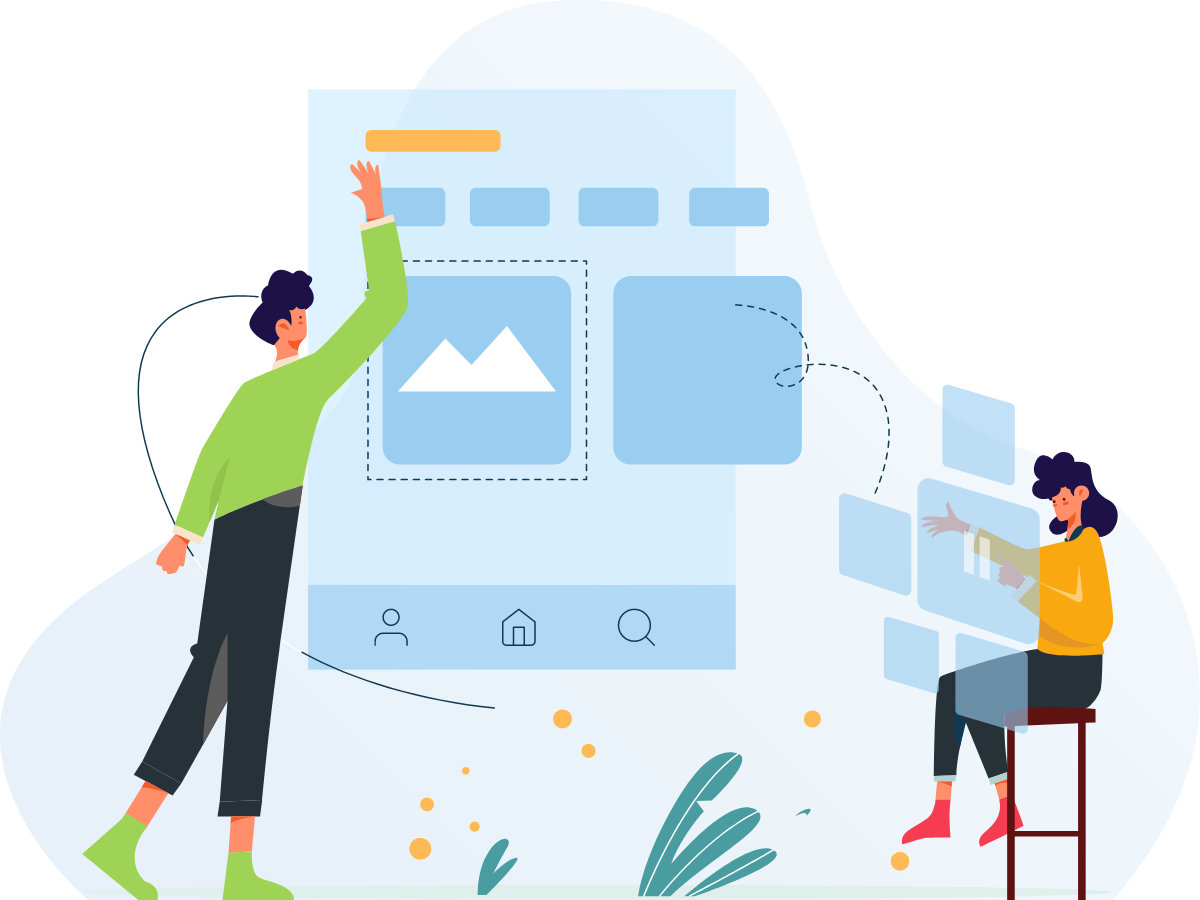
The moment when the mobile app idea gets its shape in the conceptual stage, the prototype is developed, and the functionalities, mechanics, assumptions help us validate the scope of the work.
When the mobile app progresses to the development stage, it goes through various stages. Planning is a significant phase in the development stage, and we have to define the architecture, technology stack, and development milestones.
The mobile app development consists of
The backend technology supports mobile functionality and the API is the communication between the mobile app and database.
Mobile technology is fast-growing with changing devices and platforms, so agility is the key to mobile app development. If time-to-market is the concern, then the agile development approach can be used. This approach helps with frequent software development releases. As a part of the agile development plan, we have to define the development milestones. After completion of each process, it is moved to the testing phase.
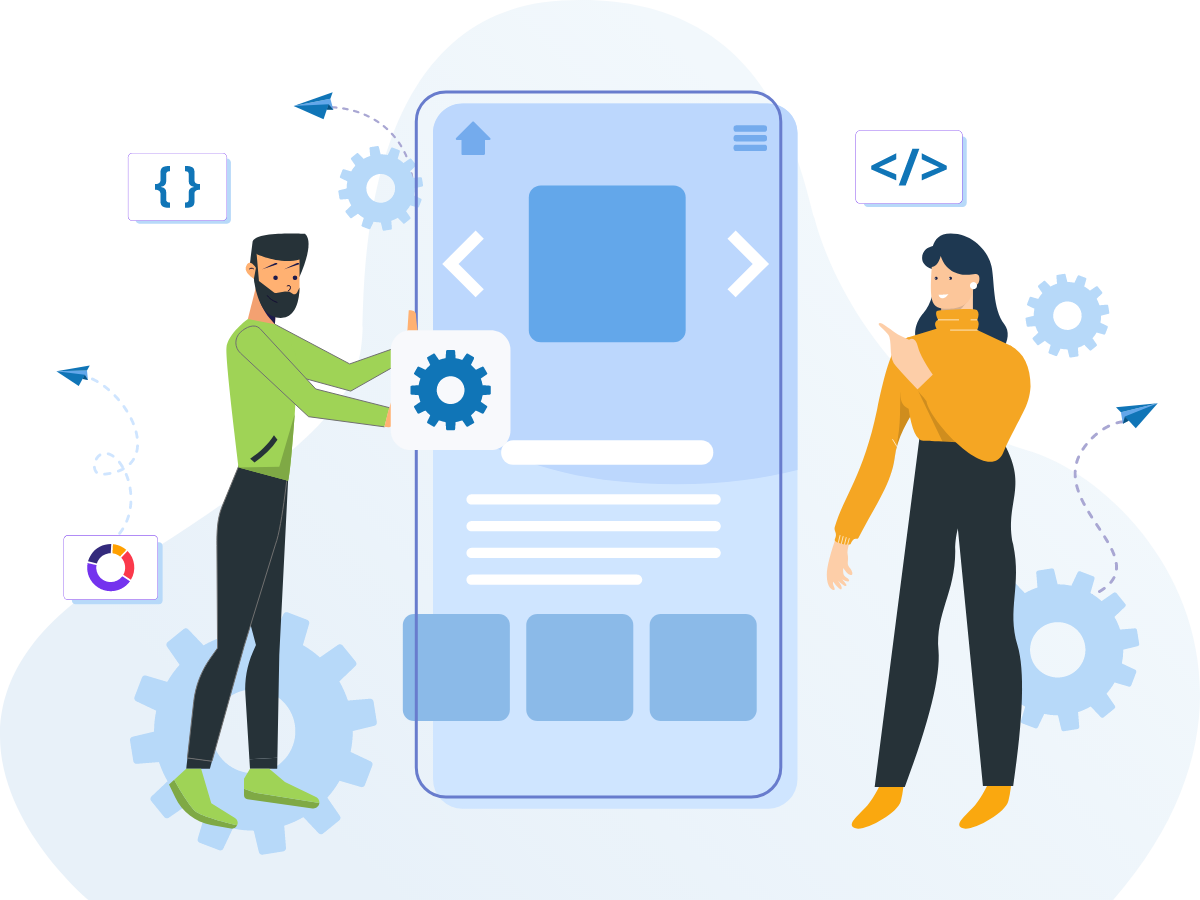
The mobile app should undergo several testing processes to deliver a good quality solution. The comprehensive mobile app development process makes the app secure, usable, and stable. We have to assign all the different test cases to ensure comprehensive testing of the app.
Testing Phases
The app is tested for interface checks, compatibility, performance, and usability. Moreover, mobile devices come in different screen sizes, dimensions, and OS versions. The test cases are similar to the use cases in app development. All the tests phases are recorded with the testing to app’s usage, software quality evaluation, tracking bugs, and re-testing.
By involving the testing team in the analysis and design phase helps them know more about the objectives and functional requirements to produce accurate test cases. The testing phase is an imperative part of the app’s future success. It encompasses a substantial section of the overall development process.
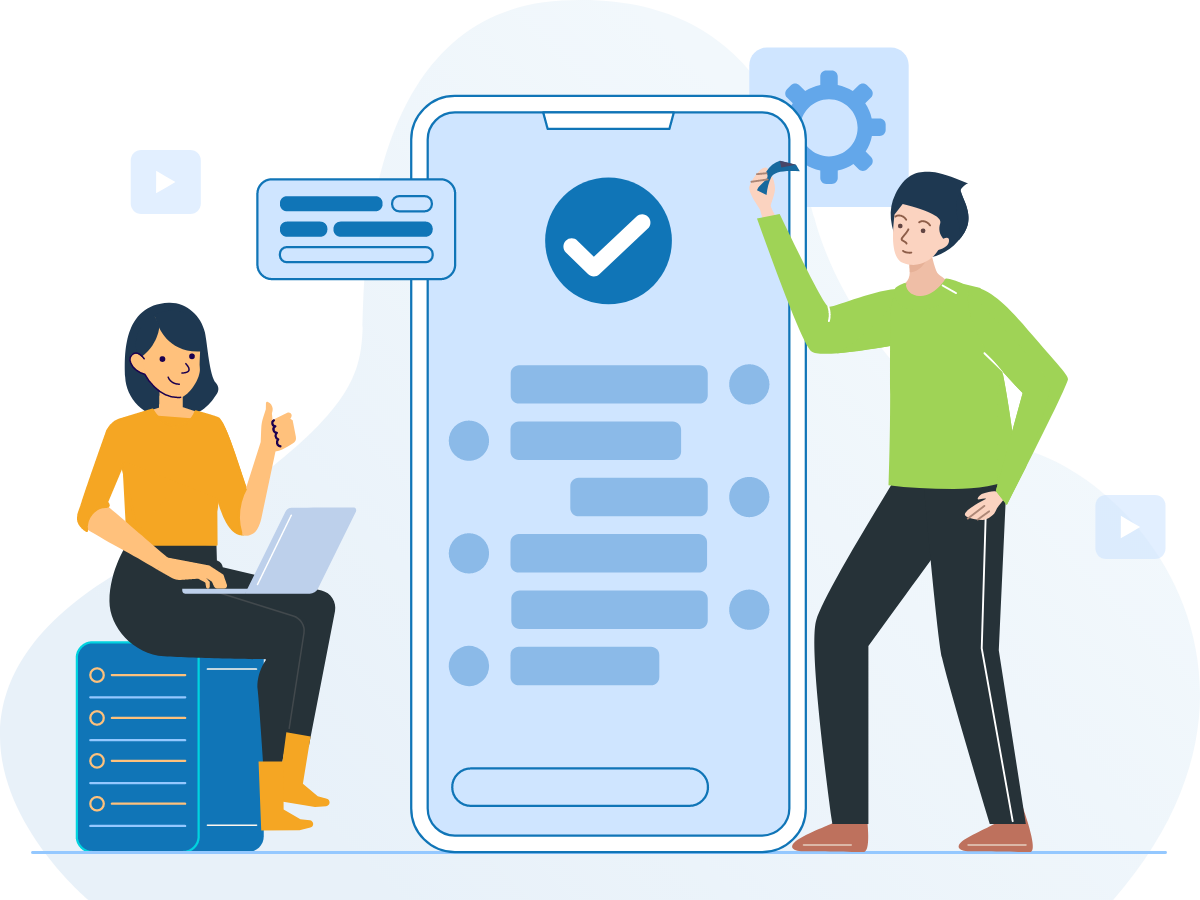
The mobile app is ready to be live in the store. The app is listed on the online store soon after the submission, but it goes through the review process in the case of the App Store. Once the app becomes available in the app store, we can track the KPI (Key Performance Indicator) and monitor the app’s usage through the mobile analytics platform. It is easy to measure the app’s success and other crash reports/user report issues.
The deployment phase is a vital stage in mobile app development. It is a mechanism through which the mobile app is delivered from developers to customers. Based on the changing demands of the market, we can deploy the updates without any mishaps.
In the deployment phase, possible errors or bugs are checked and ensure the best customer experience with the latest updates.
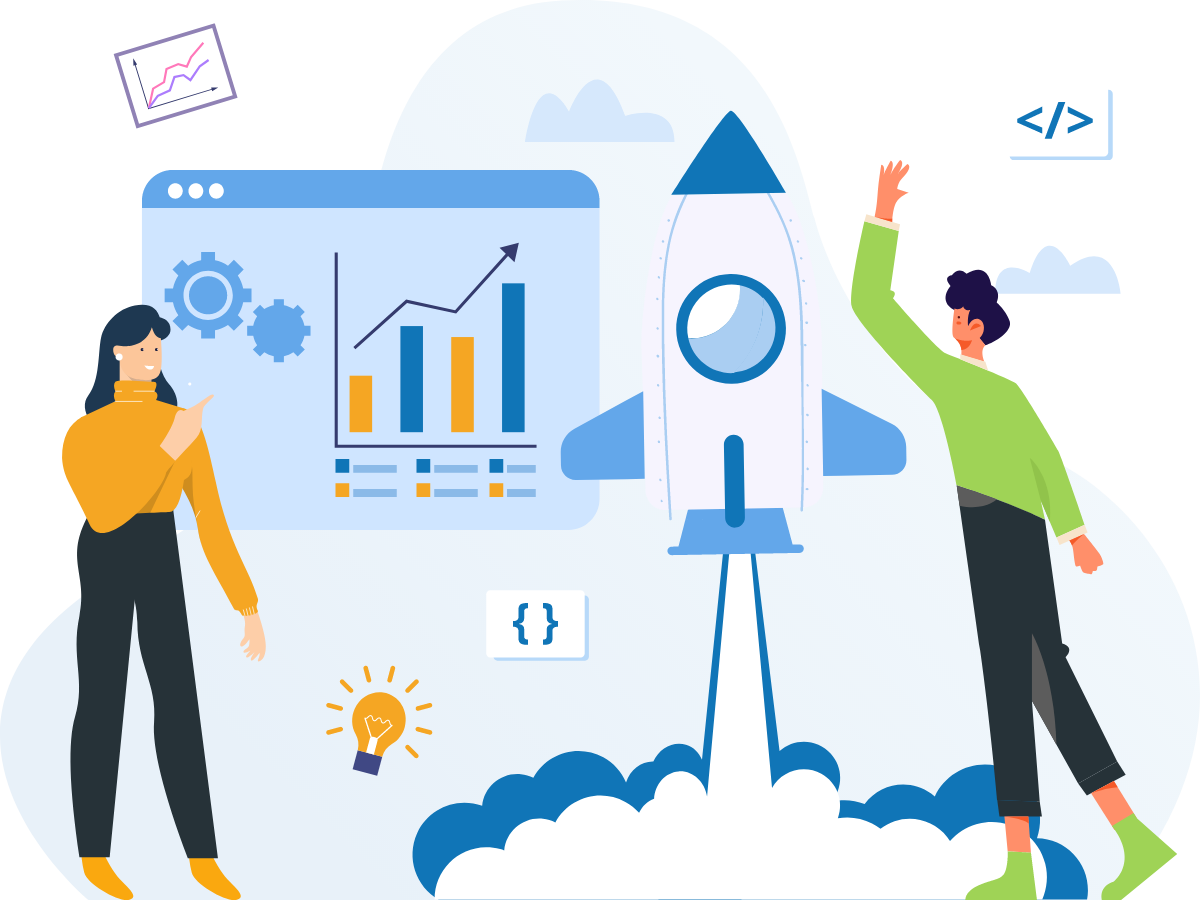
The development process does not end with the deployment phase, it extends with the support and maintenance of the app. In this phase, broken codes are fixed and functions/features are updated without deviating from the user experience or software design.
As the mobile app scales up, users will need a support team to resolve their queries. Eventually, a customer support team should be set up to manage all the valuable messages. Addressing the user’s queries is a way of retaining the users.

Mobile app development is an ongoing process that keeps updating based on the market trends and app feedback. Though there are millions of apps available on the app store, only the apps that are up-to-date and technologically advanced can top the market. The above discussed mobile app development stages are a guide that helps clients and developers understand the steps involved in it.
The mobile app closely connects businesses with their potential clients. So, follow the above guide to build an amazing mobile app that covers all the key features of the business.
